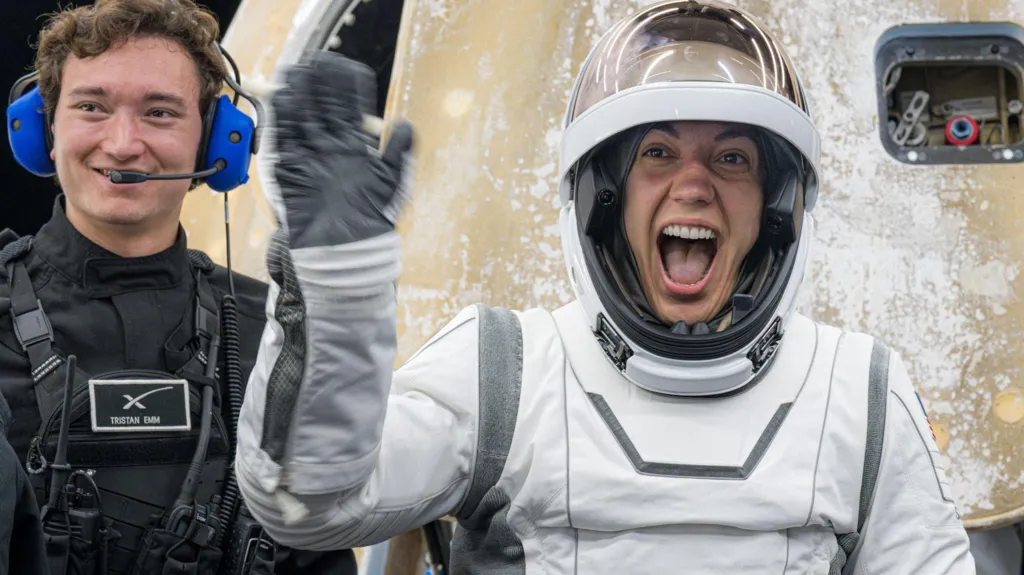SpaceX has done it again! The Polaris Dawn crew, after spending five unforgettable days in space, has safely splashed down in the Gulf of Mexico. This mission wasn’t just another trip around the Earth; it was historic for several reasons. Let me walk you through why this return marks a game-changing moment in space exploration.
Thank you for reading this post, don’t forget to subscribe!A Journey Beyond Boundaries
The Dragon spacecraft, aptly named “Resilience,” took its four civilian crew members to an astonishing altitude of 875 miles (1,400 kilometers)—the farthest any humans have traveled from Earth since the Apollo missions in the 1970s. Think about that! They went farther than anyone has in over 50 years. That’s not just a fun fact. It’s a milestone that redefines what’s possible in human space exploration.
First Commercial Spacewalk—Yes, Really!
Here’s the part that really blows my mind—two of the crew members performed a commercial spacewalk. Jared Isaacman, the billionaire entrepreneur who’s funding these missions, and Sarah Gillis, an engineer at SpaceX, ventured outside the Dragon spacecraft. This wasn’t your typical “floating around” spacewalk. The entire capsule was depressurized, and they were literally exposed to the vacuum of space for the first time ever in a non-government mission.
Isaacman, never short on ambition, stayed outside for a little under eight minutes, while Gillis followed closely behind for about seven minutes. It wasn’t just a casual stroll, though. Their spacewalk tested new SpaceX EVA suits designed for future missions that could even take astronauts to Mars.
More Than Just Cool Experiments
Of course, it wasn’t all about sightseeing. The crew conducted over 40 scientific experiments, focusing on everything from how space affects human health to intersatellite laser communication using SpaceX’s Starlink satellites. They even beamed back a violin performance—Sarah Gillis played “Rey’s Theme” from Star Wars, connecting with orchestras on Earth. Talk about making space a little more artistic!(Space.com)(DW).
What’s Next?
This mission is just the beginning for the Polaris Program, a series of three missions led by Isaacman. The final one is expected to include the first crewed flight of SpaceX’s Starship. This series of missions is all about pushing the boundaries of space exploration, and each success moves us closer to future missions to the Moon, Mars, and beyond(DW).
To sum it up, SpaceX’s Polaris Dawn didn’t just add another notch to their belt. It showed us what the future of space travel looks like—where civilians can venture beyond Earth’s orbit, and even beyond what we thought was possible. Isn’t that inspiring? I can’t wait to see what they’ll do next.

